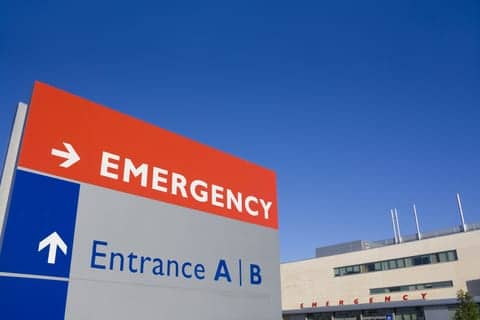
Penn researchers sought to understand why low-SES patients use less preventive care and are more likely to become acutely ill and require urgent hospital care. According to the team, the pattern of health care use, which costs $30.8 billion annually and leads to poor health outcomes, cannot be explained solely by lack of insurance. The team conducted detailed interviews with 40 low-SES Philadelphia patients about why they choose to visit the hospital/emergency department over a primary care physician.
Participants reported a greater sense of trust in the quality of hospital care than in ambulatory care and they commonly described outpatient care as less available due to long wait times, and less accessible via transportation than hospital care. According to researchers, participants said emergency care be accessed via ambulance for urgent complaints and provides a “one stop-shop” for services. Uninsured participants noted that, they could not afford fees for regular visits to a doctor, and instead relied on hospital charity care when they became ill.
“Our findings suggest that efforts to reduce hospital readmissions solely by improving the quality of hospital care could backfire by making hospitals even more attractive for low-SES patients,” said lead author Shreya Kangovi, MD, director of the Penn Center for Community Health Workers and a Robert Wood Johnson Foundation Clinical Scholar in the Department of Medicine at the Philadelphia Veterans Affairs Medical Center.
The team’s suggestions for changing these perspectives include restructuring the current referral systems for seeing specialists, which may “drive patients to the higher-cost, one-stop-shop hospital setting.”
“This study debunks the perception that low-SES individuals abuse the emergency room and need to be educated on its proper use,” said David Grande, MD, MPA, assistant professor of medicine at Penn Medicine and senior author on the study. “To the contrary, these patients eloquently explained to us how we have built a health care system that incentivizes them to wait and get sick in order to get care that is more costly to society.”
The study’s results have significant implications for policy initiatives such as the Affordable Care Act, that seek to lower health care costs by reducing avoidable hospitalizations, readmissions, and emergency department visits, according to the authors.










